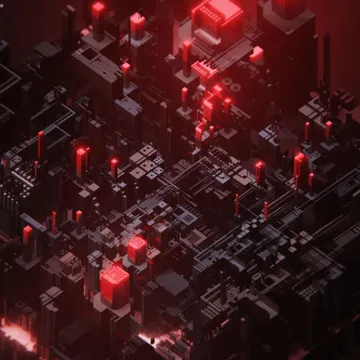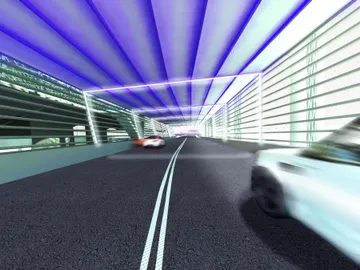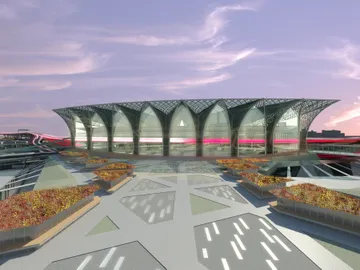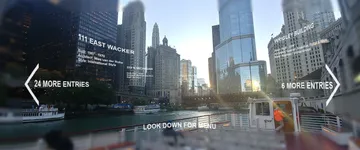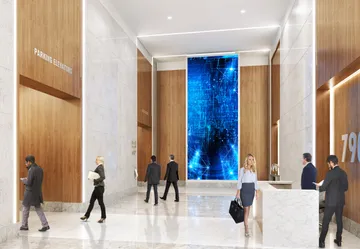Several years ago it was easy to scoff at the explosion of “smart” devices (why would a toaster ever need to be connected to the internet?), but the trend for IoT continues to be for more integration between devices, not less. Home security systems, thermostats, even baby monitors can all be connected to a smartphone through the internet, accessible from anywhere. Soon your alarm clock may be able to tell your coffee maker to prepare a cup before you walk into the kitchen first thing in the morning (an architect wishing for more convenient access to coffee, how shocking). The future is all about device interconnectivity and increased automation.
The major hurdle to this highly intertwined future is one of signal access and speed. It’s a small annoyance when a phone fails to connect in a basement, or parking garage, or in the elevator, or stairwells (etc. etc. etc.), but it could be disastrous if the same issue was occurring in a safety-critical system. In order to provide reliable and uniform coverage 5G networks are being built from the ground-up with small-cell technology: relay points that have shorter range than a typical cell tower but are spaced closer together. The density of cells creates overlapping service areas intended to reduce interference from (and within) buildings, trees, and other signal disruptions. The exponential increase in bandwidth inherent in the 5G network may remove the need for data caps, encouraging its use by devices traditionally connected by cable-based Wi-Fi (such as laptops and tablets).
When there is no functional difference between a cable connection and a wireless one, individual cable service to every building would no longer be necessary. Private networks will still exist for personal or enterprise-based applications, but that network could be fully wireless from where it enters the building to its end users. The building itself could host its own cells, effectively becoming a cell tower unto itself. The miles of data cabling currently snaking throughout our buildings would no longer need to be installed, allowing that cost to be redistributed into other, more visible aspects of its architecture (or to buy that smart toaster).
More crucially, 5G could support new technologies that increase efficiency and access to healthcare services. There are always a variety of new concepts and technologies presented at TEDMed (as we observed in 2018). It is up to architects, planners, and technologists to design systems which take advantage of the emergent complimentary effects between these new technologies. In a situation where someone may be in need of medical help and is alone, unconscious, or otherwise unable to call for assistance, a wearable device (a smartwatch with biometric feedback for example) could identify the cause of emergency and alert the closest service to send out an ambulance. Due to the higher density of wireless cells, the location could be pinpointed without the patient needing to provide any input. The IoT-augmented ambulance could forward the data provided by the personal device to the first responders so they have an idea of what they can expect before they reach the source of the call. They can immediately assess the accuracy of the data and more quickly identify other compounding issues. While this is occurring, the ambulance could automatically alert the hospital which systems and equipment need to be prepped, in which room, just as it’s needed, based on the specific emergency it’s responding to. Any improvement of operational efficiency saves time and space, and this interconnection of systems could provide a substantial improvement when seconds count.
